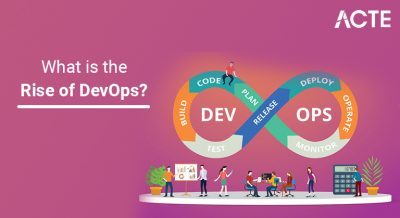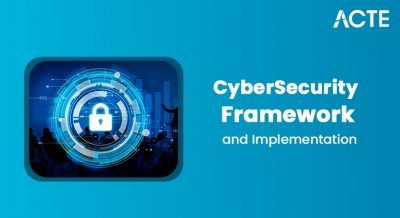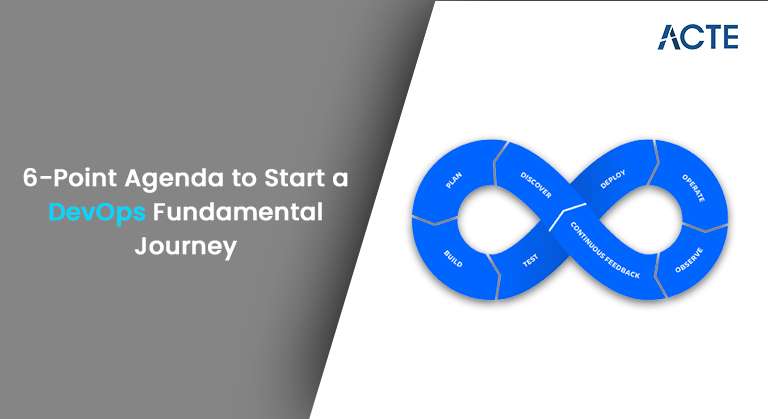
- Understanding DevOps Fundamentals
- Setting Up CI/CD Pipelines
- Implementing Infrastructure as Code (IaC)
- Building a Culture of Collaboration
- Monitoring Performance Metrics
- Managing Change and Continuous Improvement
- Measuring DevOps ROI
- Future Trends in DevOps
Understanding DevOps Fundamentals
DevOps is a cultural and technical framework that aims to improve the collaboration between development (Dev) and operations (Ops) teams. It emphasizes automation, continuous integration, continuous delivery (CI/CD), and the seamless flow of work between traditionally siloed teams. DevOps is not just a set of tools but a shift in mindset that focuses on achieving faster and more reliable software delivery. By breaking down silos and promoting collaboration, DevOps helps organizations achieve the agility needed to respond quickly to changing customer needs, market dynamics, and business requirements. DevOps is centered around several key principles. It fosters collaboration by improving communication between development and operations teams, a key focus of DevOps Training. Automation plays a crucial role by eliminating repetitive tasks, thus streamlining processes and minimizing human error. The practice of Continuous Integration and Continuous Delivery (CI/CD) ensures that software updates are delivered frequently and incrementally with minimal manual involvement. Additionally, Infrastructure as Code (IaC) treats infrastructure and configurations as code, enabling automated and reproducible provisioning, deployment, and management. Overall, DevOps empowers businesses to deliver software quickly, securely, and efficiently, while cultivating a culture of continuous improvement.
To Earn Your DevOps Certification, Gain Insights From Leading DevOps Experts And Advance Your Career With ACTE’s DevOps Online Course Today!
Setting Up CI/CD Pipelines
Continuous Integration:
- Developers frequently commit code to a shared repository.
- The goal is to detect errors early, ensuring that code is always in a deployable state.
- The CI tool (e.g., Jenkins, GitLab CI, CircleCI) automatically pulls new code changes and runs automated tests.
- The code that passes the CI process is automatically pushed to staging or production environments using deployment tools like Jenkins, GitLab CI, or AWS CodePipeline.
- The process can be fully automated, reducing the time between writing code and making it available to end-users, as detailed in How to Install Jenkins on Windows.
- Continuous delivery can also involve rolling out features in smaller batches or enabling canary deployments for testing changes on a subset of users before the full release.
- Jenkins Automates the entire pipeline, integrates well with other tools.
- CircleCI A cloud-based solution for automating testing and deployment pipelines.
- GitLab CI Provides a complete DevOps toolset for source code management, CI/CD, and monitoring.
- Transparency: Teams should have visibility into each other’s work to ensure alignment and foster collaboration.
- Shared Responsibility: Both development and operations teams must be accountable for the entire lifecycle of applications from development to deployment and monitoring.
- Cross-Functional Teams: Encourage the formation of cross-functional teams that include developers, operations engineers, testers, and security specialists, a practice that can be enhanced with tools like What is Docker Container.
- Continuous Improvement: DevOps promotes a mindset of continuous improvement, where teams are encouraged to experiment, iterate, and learn from their mistakes.
- Automation: Automating repetitive tasks and processes is essential in DevOps, helping to streamline workflows, reduce human error, and improve overall efficiency.
- Security Integration (DevSecOps): Security should be integrated into every stage of the DevOps pipeline, ensuring that security concerns are addressed early in development and throughout the software lifecycle.
- Rapid Feedback: A core principle of DevOps is to enable rapid feedback loops, ensuring teams can quickly identify issues, address bugs, and continuously enhance their products and services.
- Application Performance: Response time, throughput, error rates, and resource utilization (e.g., CPU, memory).
- Deployment Metrics: Frequency of deployments, time to deploy, and failure rates of deployments.
- Incident Tracking: Mean Time to Detect (MTTD) and Mean Time to Recover (MTTR) are crucial metrics for evaluating the effectiveness of incident response processes.
- User Experience: Monitoring user interactions, load times, and error rates to ensure that the application meets customer expectations.
- Availability: Uptime and system availability metrics are essential for tracking how often the application is operational and accessible to users, a process that can be managed effectively with What is Puppet.
- Scalability: Metrics related to the ability of the application to scale under varying load, including system capacity, resource allocation, and response times under stress.
- Cost Efficiency: Tracking the cost associated with infrastructure, cloud services, and resources utilized, ensuring that the application operates within budget constraints while meeting performance standards.
- Security Metrics: Monitoring security incidents, vulnerabilities, patching times, and compliance with security policies to ensure the application remains secure and protected from threats.
- Deployment Frequency: The speed at which new features, updates, and fixes are deployed to production.
- Lead Time: The time taken to develop and deliver new features to end-users.
- Change Failure Rate: The percentage of changes that result in production incidents or outages.
- Mean Time to Recovery (MTTR): The time it takes to restore service after an incident is a critical factor, which can be optimized through tools like Ansible Vs Puppet.
- Customer Satisfaction: Improved software quality and quicker release cycles lead to better user experiences and higher customer satisfaction.
- Code Quality: The overall quality of the codebase, including maintainability, readability, and adherence to best practices, impacts both development speed and software stability.
- Infrastructure Stability: Monitoring the stability of infrastructure, including uptime and resource utilization, ensures that the underlying systems can handle production traffic without issues.
- Automated Test Coverage: The extent to which tests are automated and the percentage of the application covered by automated tests, which helps prevent regressions and improve software reliability.
- Collaboration Metrics: Measuring the effectiveness of cross-functional team collaboration, including communication and coordination between development, operations, and other teams, to improve overall productivity and alignment.
Continuous Delivery:
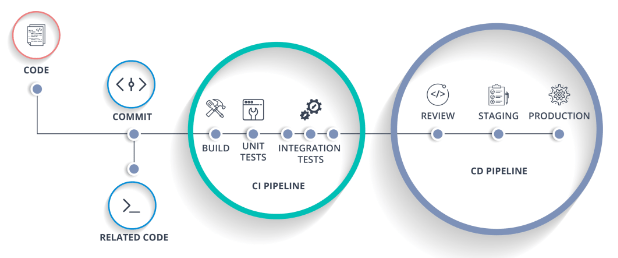
Tools:
Implementing Infrastructure as Code (IaC)
Infrastructure as Code (IaC) is a core principle in DevOps that allows organizations to manage and provision infrastructure using code, rather than relying on manual processes. By automating infrastructure setup through scripts, IaC ensures consistency, reduces human error, and enhances scalability. Tools such as Terraform, Ansible, and AWS CloudFormation facilitate this automation. Terraform is an open-source tool that defines and provisions infrastructure with a high-level configuration language, while Ansible automates both infrastructure provisioning and configuration management. AWS CloudFormation allows users to define AWS infrastructure as code using YAML or JSON templates, which is often included in the DevOps Build Tools List. The benefits of IaC are significant: it ensures consistency across environments by treating infrastructure configurations as code, enables version control so changes can be tracked and reverted when needed, and supports reproducibility, making scaling and disaster recovery more efficient. By integrating IaC into the CI/CD pipeline, teams can create repeatable, scalable infrastructure setups that streamline development processes and enhance overall operational efficiency.
To Explore DevOps in Depth, Check Out Our Comprehensive DevOps Online Course To Gain Insights From Our Experts!
Building a Culture of Collaboration
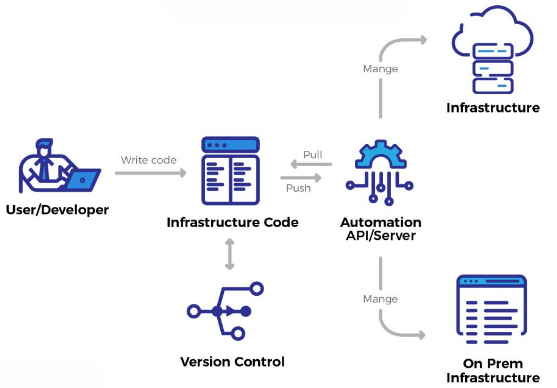
Monitoring Performance Metrics
Monitoring the performance of applications and infrastructure is critical for ensuring reliability and identifying areas for improvement. Key performance metrics include:
Looking to Master DevOps? Discover the DevOps Masters Course Available at ACTE Now!
Managing Change and Continuous Improvement
DevOps thrives on a continuous feedback loop, which ensures that software evolves through iterative and incremental changes. Managing change in a DevOps environment is essential for maintaining both stability and innovation. One key aspect is Version Control, which tracks changes to code and infrastructure, providing traceability and enabling rollback capabilities when necessary. Continuous Testing is another crucial component, as automated tests run with each code change, identifying issues early and preventing bugs from escalating. DevOps often aligns with Agile Methodologies, focusing on short development cycles, frequent releases, and quick feedback, which help teams stay responsive to business needs—a core principle highlighted in DevOps Training. Additionally, Post-Incident Reviews are integral to improving processes; after significant incidents or outages, teams conduct post mortems to identify root causes, learn from mistakes, and ensure that similar issues don’t arise again. By effectively managing change and fostering a culture of continuous improvement, DevOps teams can quickly adapt to new business requirements without compromising the quality and stability of their software. This approach empowers organizations to innovate while maintaining a strong foundation of reliability and performance.
Measuring DevOps ROI
Are You Preparing for DevOps Jobs? Check Out ACTE’s DevOps Interview Questions & Answer to Boost Your Preparation!
Future Trends in DevOps
DevOps is continually evolving, with several key trends set to shape its future. The integration of AI and Machine Learning into DevOps pipelines is expected to enhance predictive analytics, anomaly detection, and automation, making processes smarter and more efficient. Serverless Computing is likely to gain traction as organizations seek more scalable and cost-effective solutions. As regulatory requirements continue to grow, Security and Compliance Automation will become even more essential to ensure organizations stay compliant while maintaining security. Additionally, the rise of IoT devices will drive the adoption of Edge Computing, which enables faster processing and deployment closer to end-users—a topic often emphasized in DevOps Training. The development of Unified DevOps Platforms that integrate CI/CD, Infrastructure as Code (IaC), and monitoring tools will simplify DevOps adoption, making it easier for teams to manage workflows. Overall, the future of DevOps will be characterized by increased automation, intelligence, and integration, allowing organizations to deliver software more rapidly, securely, and with higher quality.


